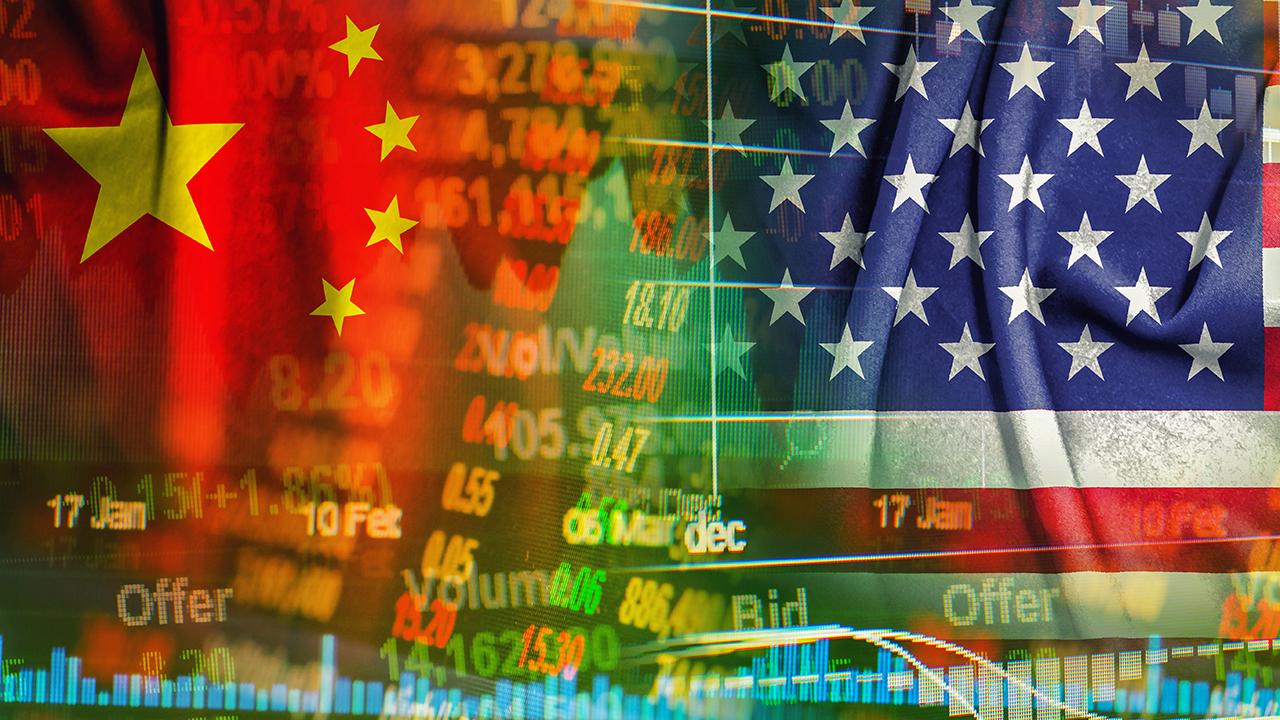US vs China: Biggest trade war ever? Financial historians say not yet
It has been going on since July 6, 2018.
That was the "first day" the U.S. implemented tariffs against goods from China.
Now, more than 400 days later, both countries have been involved in a war of words and a war of trade with no end or winner in sight. Friday the stock market tumbled to a loss of 623 points on China's vow in the morning that it would levy new tariffs on $75 billion in goods come fall and shortly after the closing bell run on Wall Street, President Trump fired back at China.
Markets in a frenzy, cable news not far behind, this must be the biggest trade war ever, right? No -- at least not yet.
“Today’s war with China and Trump is nowhere close to the big battle President Hoover entangled the country when he signed the Smoot-Hawley Act in June of 1930 which jacked up tariffs over 45% to countries all over the world," economic historian and senior fellow at the Peterson Institute for International Economics, Gary Hufbauer, tells Fox Business..
Back then, President Herbert Hoover, already in the early days of the Great Depression, attempted to deal with a growing farm crisis. The solution Hoover thought was proposing tariffs on agricultural imports. But Sen. Reed Smoot of Utah and Rep. Willis Hawley of Oregon came up with their own legislation creating a litany of industrial tariffs. Rather than veto, the bill, Hoover signed it into law and the world responded with tariffs on U.S. exports, adding more pain to an already-devastated economy.
“This biggest difference between today’s trade war and the larger Smoot-Hawley battle is that today we are focused on one country, China, while Hoover raised tariffs, on all countries and significantly at that,” explains Hufbauer.
It is also significant to note that “the tariffs that were put in place with SmootHawley covered all imports, but the imports and the economy were smaller back then too," adds Hufbauer.
According to the China Briefing, so far, the US has already slapped tariffs on $250 billion worth of Chinese products and has threatened tariffs on $325 billion more. Before today, China conversely has put tariffs on $185 billion worth of US goods and is threatening other actions that would impact American companies with offices and plants in China.
"China can make it much more difficult to operate on the mainland," Jeremy Haft, the author of Unmade in China recently told NPR, "For example, they can quarantine [U.S.] products for a long time. They can make products difficult to clear customs."
One major difference between this trade battle and what took place as a result of the Smoot-Hawley Act, says Hufbauer, is "today’s tariff levels are much lower -- at about 25% with China, compared to when Hoover raised the rates to almost 45% on all countries."
But with the stock market gyrating with every trade tweet or statement from trade officials on both sides of the Pacific Ocean and with U.S. farmers and consumers starting to feel the pinch, how much longer can this go on?
Last week, before boarding Air Force One, Trump told reporters he was confident the fight with China would not last long. “I think the longer it goes the stronger we get,” Trump said, “I have a feeling it’s going to go fairly short.”
CLICK HERE TO READ MORE ON FOX BUSINESS
It is unclear how long President Hoover thought his trade war would last. But Hufbauer says "Smoot-Hawley lasted about 4 years" and by comparison "this current tangle with China is slower to ramp up."
It is worth noting the trade war did not help Hoover politically. He lost the 1932 Presidential election to Franklin D. Roosevelt. The authors behind Smoot-Hawley also were not re-elected.
Only one thing is certain for this trade war says Hufbauer, " for both the US and China it will be costly."




















